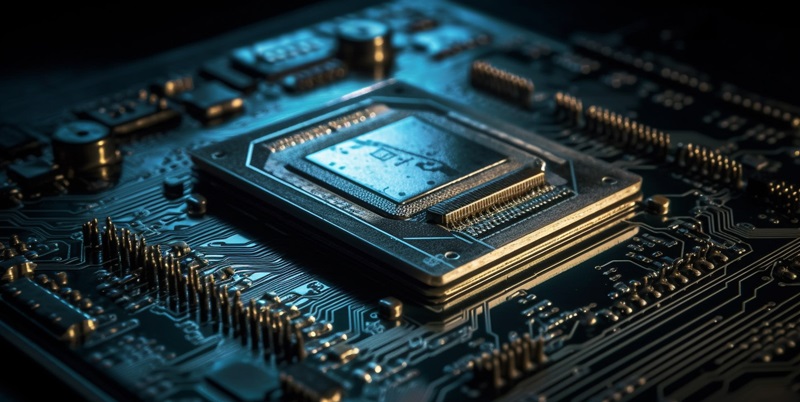Intel’s next-generation architecture, Arrow Lake, is fast approaching its official release, promising substantial advancements for both desktops and gaming laptops. This new lineup, set to replace Raptor Lake, is anticipated to bring high-powered mobile CPUs into the fold. Leaked details have hinted at six HX chip variants designed for gaming laptops, ranging from the flagship 24-core Core Ultra 9 285, which runs up to 5.5GHz, to the 14-core 245HX and 235HX. The breadth of this lineup suggests a strategic move by Intel to cater to both high-end and mid-tier gaming markets.
A notable feature of these upcoming mobile CPUs is their integrated GPUs. The flagship models will boast 64 execution units (EUs), while the lower-end variants come with 48 EUs. These GPUs are based on the older Xe Alchemist cores, indicating that Intel is not focusing extensively on internal GPU prowess for gaming laptops, which typically include discrete graphics solutions. This approach allows Intel to optimize the performance and thermal efficiency of its CPUs, making them more suitable for the compact form factor of gaming laptops. Such integrated GPU configurations should offer sufficient performance for non-gaming tasks, proving valuable in a variety of scenarios.
Performance and Thermal Efficiency
The leaked information further explains that the mobile CPUs under the Arrow Lake lineup will be slightly detuned versions of their desktop counterparts. This means that while desktop chips might offer peak performance capacities, their mobile iterations will be tuned to balance performance with thermal efficiency, crucial for maintaining stability within the more confined spaces of gaming laptops. This deliberate tuning aims to prevent overheating, which can throttle CPU performance and reduce the overall lifespan of the device. By striking this balance, Intel seeks to ensure that gamers and professionals who rely on high-performance laptops experience both robust performance and reliable thermal management.
On the thermal efficiency front, these optimizations could prove especially significant. Gaming laptops often face challenges related to heat dissipation due to their high-performance components packed into tight spaces. Intel’s strategic tuning of Arrow Lake’s mobile CPUs reflects an awareness of these challenges, aiming to deliver high performance without compromising the user experience with overheating issues. The end result could be laptops that are not only powerful but also more durable and consistent in their performance over extended periods of use.
Anticipated Launch and Intel’s Strategic Shift
Intel’s upcoming Arrow Lake architecture is nearing its launch, bringing significant improvements to desktops and gaming laptops. Set to replace Raptor Lake, this new lineup is expected to introduce powerful mobile CPUs. Leaked information indicates six HX chip variants tailored for gaming laptops, ranging from the top-tier 24-core Core Ultra 9 285, reaching up to 5.5GHz, to the 14-core 245HX and 235HX models. This diverse range shows Intel’s strategy to appeal to both high-end and mid-range gaming markets.
One notable aspect of these new mobile CPUs is their integrated GPUs. The flagship models will feature 64 execution units (EUs), while the lower-end variants will have 48 EUs. These GPUs are based on the older Xe Alchemist cores, suggesting Intel isn’t heavily prioritizing internal GPU performance for gaming laptops, which typically rely on discrete graphics. This choice allows Intel to fine-tune the performance and thermal efficiency of its CPUs, making them better suited for the compact design of gaming laptops. The integrated GPUs should provide adequate performance for non-gaming tasks, offering versatility in various applications.

